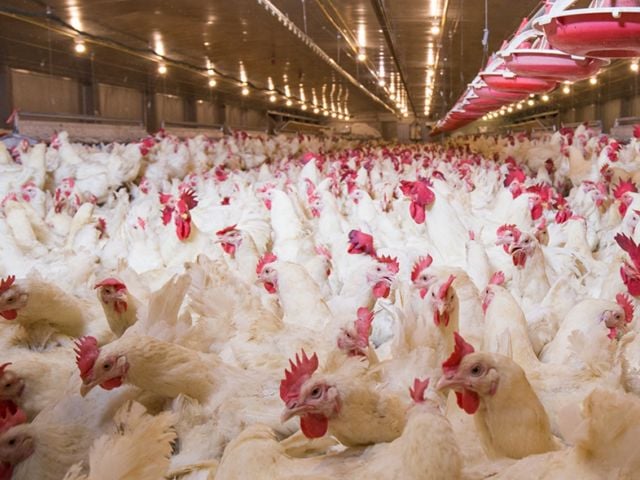
There they go again. In the run-up to the 2018 Farm Bill, agriculture interests are squawking that America is facing a new farm crisis – one that can only be staved off by billions more taxpayer dollars propping up a notoriously bloated and shamefully misdirected morass of federal farm subsidies.
Today the House Agriculture Committee is holding a hearing called “Rural Economic Outlook: Setting the Stage for the Next Farm Bill.” Last week, The Wall Street Journal weighed in with a story headlined “The Next American Farm Bust is Upon Us,” raising the specter of a repeat of the economic devastation that ravaged American farmers in the 1980s.
The House committee hearing and the Journal’s article would have us believe the sky is falling on the farm economy. But before we fall for their hysteria, let’s look at the facts.
Median farm household income is expected to grow to $79,733 in 2017 from $76,735 in 2015.
In 2015, farm households earned $76,735. That’s $20,000 more than the $56,516 median income for all U.S. households that year.
Fewer than one-tenth of all farms depend on sales of crops and livestock for most or all of their household income. Midsize farms in this group earned $170,000 in 2015 and large farms $340,000. Just like most of us, both spouses in farm families need to work to make ends meet, and an off-farm job often produces far more income than a farm job does.
A key indicator of a farm’s financial health is its debt-to-asset ratio: the lower the percentage, the better shape the farm is in. The average debt-to-asset ratio in 2017 is expected to be 13.9 percent – only slightly higher than the record low 11.3 percent in 2012, when farms enjoyed historically high crop prices. During the real farm crisis of the 1980s, the ratio hit 22 percent.
Average farm real estate values have dropped by less than 1 percent from historical highs in 2015, compared to the 27 percent drop during the 1980s farm crisis. Land values in the key farm state of Iowa have dropped 17.6 percent, compared to a 63 percent drop between 1981 and 1986.
The fact is, rural America just doesn’t depend much on farming anymore. According to the Department of Agriculture, in 2014 farming generated only 6 percent of all employment in non-metro areas.
It makes sense for taxpayers to help out farm households that are truly suffering as prices and income levels drop. But that’s not who gets farm subsidies. Between 1995 and 2014, the top 10 percent of farm subsidy recipients received 77 percent of all crop subsidies. The smaller family farms that are likely in trouble today get the crumbs.
The trouble in farm country today should drive fundamental reform of our broken subsidy system, not more of the same. Congress should target subsidies to farm families that depend on farm income and need help now to keep their businesses. Instead, an individual making up to $900,000 a year in adjusted gross income, or $1.8 million for a couple, can still get farm subsidies. On top of that, you don’t actually have to get your hands dirty on the farm to get the check.
Sensible reform would save taxpayers billions of dollars and do more to help out struggling family farms. The savings could be redirected to programs that protect our drinking water or put food on the table for struggling families.


